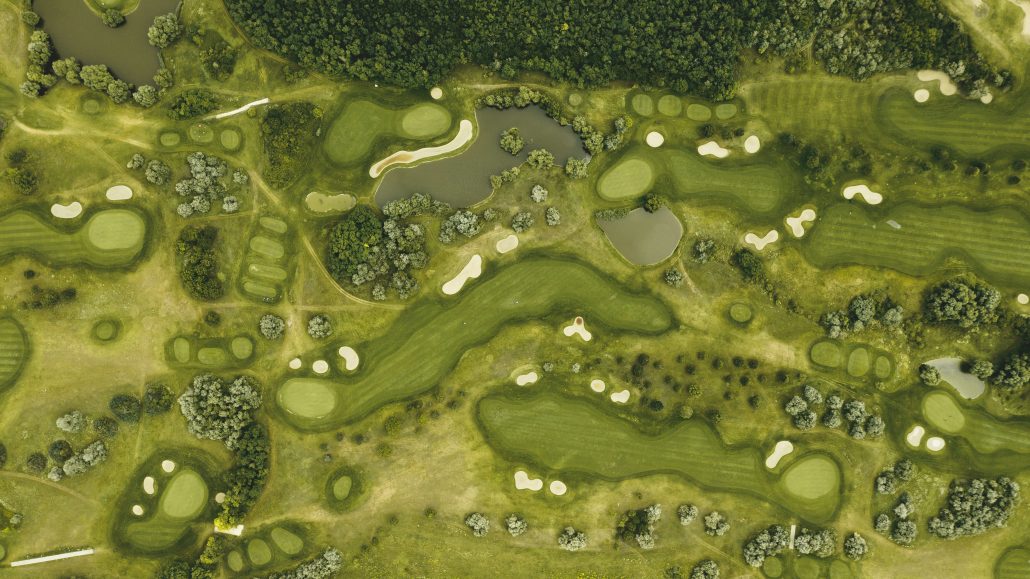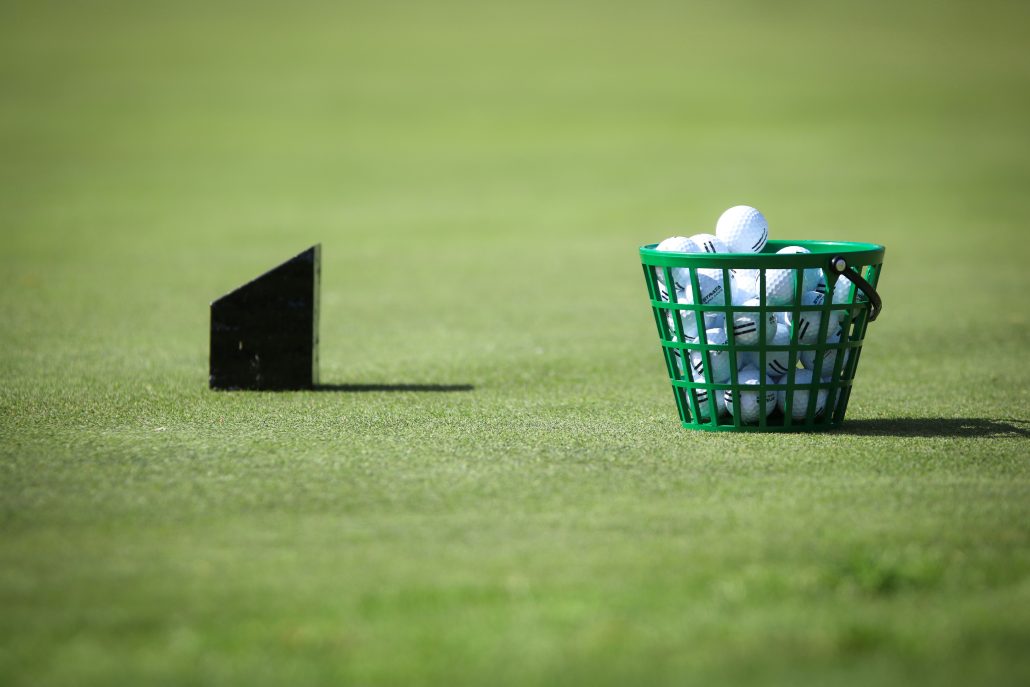When it comes to optimizing your golf game, golf shaft torque and swing speed are two critical factors that go hand in hand. Torque, or the amount a shaft twists during a swing, directly influences how the club feels and performs. Swing speed, on the other hand, determines the power and tempo of your stroke. Together, they play a vital role in shaping your ball flight, accuracy, and overall consistency.
If you haven’t read our ultimate guide to shaft toruqe, you can read it here. This guide will explore the relationship between torque and swing speed, helping you understand how they interact and how to choose the right shaft to match your unique playing style. Whether you’re looking to add distance, improve control, or fine-tune your equipment, mastering this connection will bring you closer to your best game yet. Let’s get started!
Understanding Golf Shaft Torque
Golf shaft torque refers to the twisting motion of the shaft when you swing the club. This is a critical factor in determining the accuracy and feel of your shots. Torque is measured in degrees, representing the extent to which a shaft can rotate during a swing. While it may sound technical, understanding torque is essential for selecting the right equipment for your unique playing style.
The Mechanical Perspective
From a mechanical standpoint, shaft torque occurs due to the resistance provided by the shaft material against the changes in motion during a swing. In layman’s terms, it is the shaft’s tendency to twist when a force is applied. Imagine twisting a rubber band, then letting it go; it snaps back to its starting position. Similarly, when you swing your club, the torque is that twist, albeit more controlled and measured.
Effects on Shot Accuracy
Shaft torque significantly affects the directional control and accuracy of your golf shots. A shaft with high torque will twist more during the swing, potentially leading to inconsistent contact and a less predictable ball flight. Conversely, a shaft with low torque is stiffer and provides more stability, which can improve accuracy but might sacrifice some feel.
Influence on the Feels of a Swing
Golf, as much a game of precision, is also one of sensations. The feel of the shaft is directly impacted by its torque. Low-torque shafts often feel stiffer, providing a solid, controlled sensation, while higher-torque shafts may give a softer, more flexible feel. Your preference will ultimately guide your choice, but understanding how torque affects feel is vital for finding the best match for your swing style.
Decoding Swing Speed
Swing speed is a crucial factor in determining how far and how accurately you can hit the golf ball. It is the speed at which the golf clubhead strikes the ball, typically measured in miles per hour (mph). This speed is instrumental in influencing both distance and the kind of spin you can impart on the ball.
Measuring Swing Speed
Swing speed can be measured using various tools, typically a launch monitor. These devices provide precise readings of your swing speed, allowing you to analyze and adjust your technique or equipment accordingly. Understanding your swing speed is critical, as it directly correlates with the energy transferred to the ball, affecting distance.
Correlation with Distance
As logic would dictate, a higher swing speed generally results in greater distance as more energy is imparted to the ball. However, achieving this distance isn’t just about sheer speed. Optimal contact, efficient energy transfer, and shaft compatibility all contribute to maximizing distance outcomes.
Importance for Club Selection
Your swing speed is crucial for selecting the right club – particularly the shaft. Shafts are designed with specific swing speeds in mind. Selecting a shaft that suits your swing speed will improve your control over shot trajectory and distance.
The Interplay Between Shaft Torque and Swing Speed
Now that we’ve dissected shaft torque and swing speed individually, it’s time to explore their relationship. This interaction is paramount in choosing clubs that match your play style, as well as improving your performance on the course.
Torque and Swing Speed Dynamics
Swing speed plays a significant role in how torque affects your shots. Players with high swing speeds often benefit more from low-torque shafts. This is because low-torque shafts minimize unnecessary twisting, providing greater stability and control at faster swing speeds. On the other hand, players with slower swing speeds may find high-torque shafts more forgiving, as these can compensate for a lack of power with added flexibility.
Balancing Accuracy and Distance
Golfers often face the challenge of balancing accuracy with distance. This balance is closely tied to the relationship between swing speed and torque. With better understanding and adjustment, golfers can achieve an optimal combination that enhances both aspects of their game. A pragmatic approach involves recognizing that each facet—though distinct—is interconnected with the others.
Influence on Club Fitting
When fitting clubs, understanding the relationship between swing speed and torque is invaluable. Custom club fitting sessions often analyze these variables to ensure you receive a club tailored to your specific needs. The ultimate goal is to fit a club that harmonizes with your natural swing characteristics, maximizing performance and enjoyment.
| Factor | High Swing Speed | Low Swing Speed |
|---|---|---|
| Torque | Low torque preferred for control | High torque preferred for flexibility |
| Distance | Maximizes potential for distance with stabilized energy transfer | Compensates for lack of power with greater flexibility |
| Accuracy | High reliability with stiffer shaft | Potentially less accuracy but more forgiving |
| Feel | Stiffer feel demanded by lower-torque shafts | Softer feel facilitated by higher-torque shafts |
Considerations in Selecting Golf Shafts
Deciding on the right golf shaft involves more than just a passing glance at swing speed and torque ratings. Several other considerations can significantly influence your decision.
Flex and Weight
In addition to torque and swing speed, shaft flex and weight hold considerable sway over how you play. Flex refers to how much the shaft bends during the swing, classified into categories like extra stiff (XS), stiff (S), regular (R), and flexible (F). Weight, meanwhile, impacts how you feel the club throughout your swing and can influence your speed.
Material
Shafts are typically made from graphite or steel, each offering distinct benefits. Graphite shafts are lightweight, generally offering higher swing speeds and feeling more comfortable over long periods. Steel shafts are heavier, providing more control but less swing speed flexibility.
Personal Preferences
Ultimately, personal preferences will weigh heavily in your choice of shafts. As you experiment with different shafts, you will discover which characteristics you prefer in terms of feel, feedback, and overall performance. Preferences might also change over time, so remain open to reassessing your shaft selection periodically.

The Role of Technology in Shaft Selection
As technology advances, so too does your ability to analyze and optimize shaft selection. Launch monitors, swing analysis software, and other technological tools afford unprecedented insight into the relationship between shaft attributes and swing mechanics.
Custom Shaft Fitting
Modern technology facilitates custom shaft fittings, allowing clubs to be tailored precisely to your specifications. Data-driven fittings can adjust torque, weight, length, and more to match your exact preferences, offering a bespoke playing experience that harnesses your strengths while accommodating your weaknesses.
Data Analysis
Data analysis has revolutionized how you understand swing speed and torque. With access to comprehensive swing data, you can more accurately predict how specific shaft characteristics will perform in practice. This detailed perspective on your golf swing allows for smarter, more informed equipment choices.
Simulation Tools
Golf simulation tools have advanced greatly, enabling more effective and enjoyable practice sessions. Simulations provide real-time feedback and allow you to test different shaft options in a virtual environment. The implications include not only improved skill development but also a deeper understanding of how equipment influences performance.
Common Misconceptions About Torque and Swing Speed
Despite your best intentions, misconceptions about golf shafts often persist, complicating shaft selection and performance optimization. It’s essential to debunk these misunderstandings to better inform your decisions.
“One Size Fits All”
One of the more prevalent misconceptions is that a single shaft type can serve all players equally well. Given the inherent variability in swing speed and personal preferences among players, uniformity in shaft selection is rarely effective.
“More Torque Means More Distance”
Attributes responsible for distance are complex, and torque alone is not the decisive factor. While torque influences feel and accuracy, it is not an inherent contributor to distance—especially if mismatched to your swing type or speed.
“Stiffer Shafts are Always Better for Fast Swings”
Though low-torque shafts are often recommended for high swing speeds, not every component of a stiff shaft suits a fast swinger. Players must consider flex, weight, and other factors in alongside torque to fully complement their natural swing tendencies.

Practical Tips for Finding the Right Shaft
These practical tips can assist you in determining the right shaft for your individual game. Remember, finding the ideal shaft involves an interplay of personal preference, trial and error, and informed decision-making.
Conduct a Self-Assessment
Start with a careful self-assessment of your swing characteristics—including speed and technique. Understanding these traits provides a foundational basis for identifying which shaft features will likely complement your style of play.
Experiment with Different Shafts
Testing various shafts enables you to experience firsthand how differences in torque, flex, and weight influence your performance. Experimenting is key to finding the optimal shaft; don’t hesitate to try options outside your presumptions and expectations.
Consult Professionals
Engaging with professional club fitters or instructors can provide valuable insights into selecting a shaft. Their expertise often illuminates areas you might have overlooked, ensuring an informed decision that benefits your game.
Conclusion
Grasping the interplay between shaft torque and swing speed is instrumental in optimizing your golf game. As you consider the mechanical aspects of torque and the varying factors influencing swing speed, appreciate how these elements impact your performance. By combining self-awareness with technology and expert advice, you can find a shaft that aligns perfectly with your unique swing dynamics. Driving forward in your quest for precision and power starts here, with understanding and applying these philosophies on the fairway.









